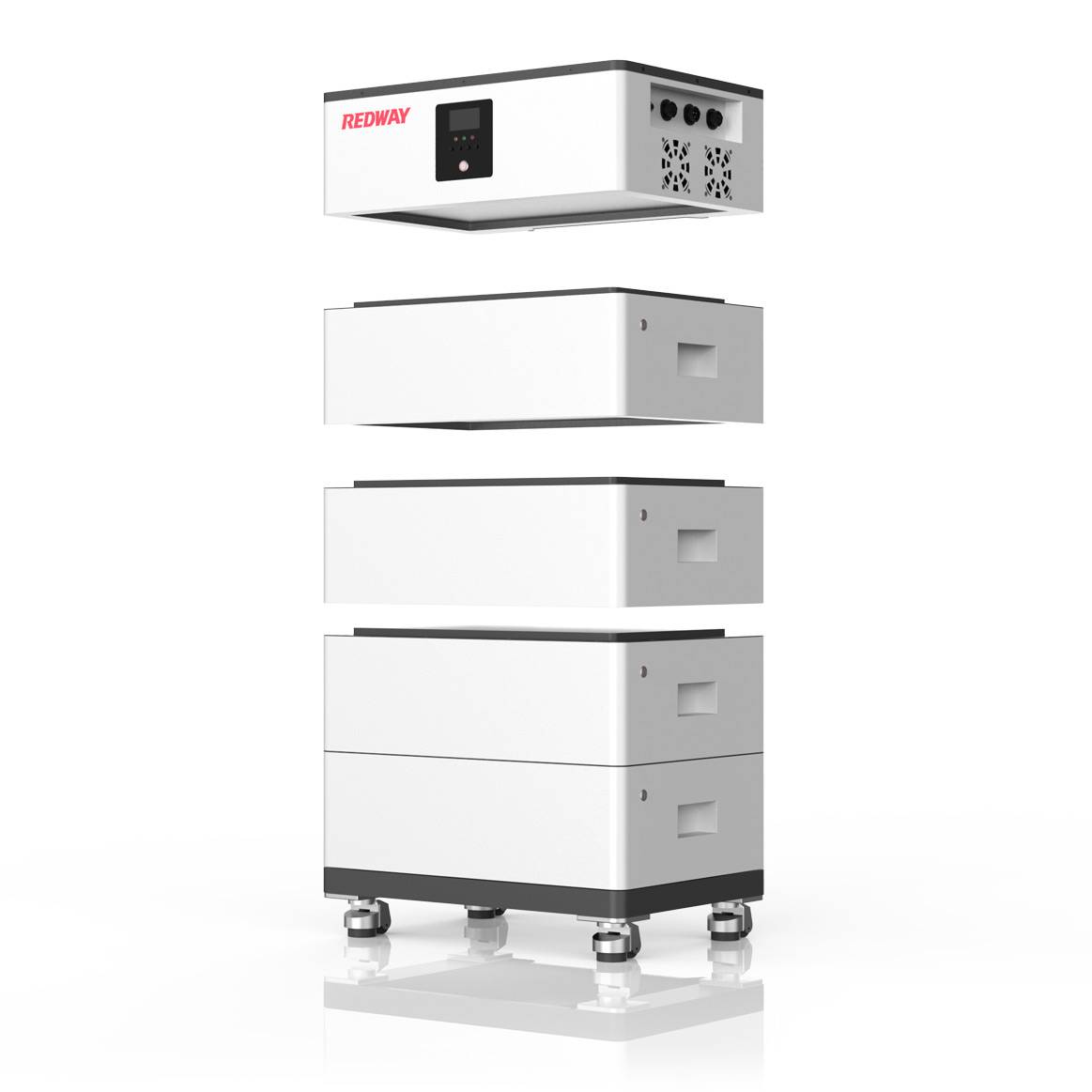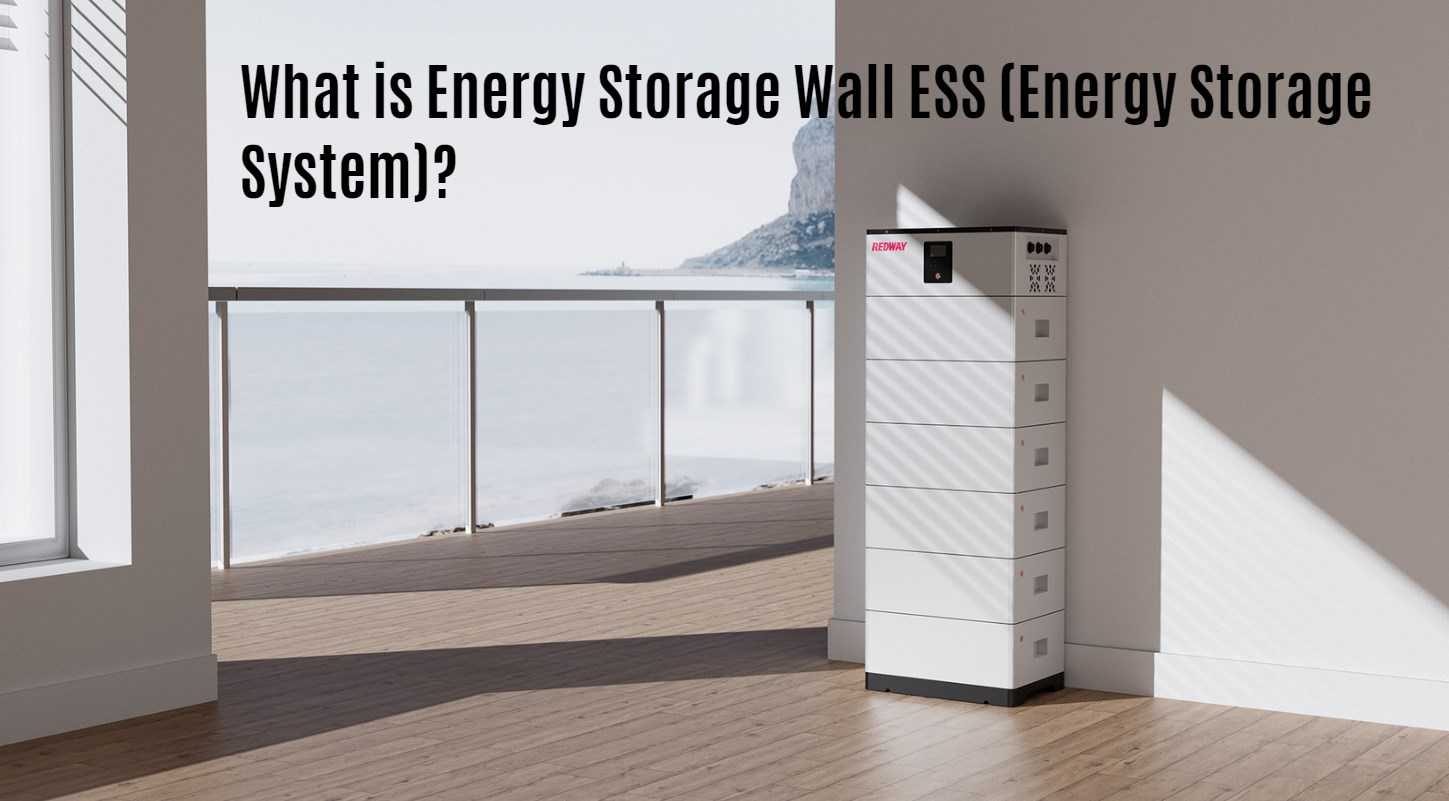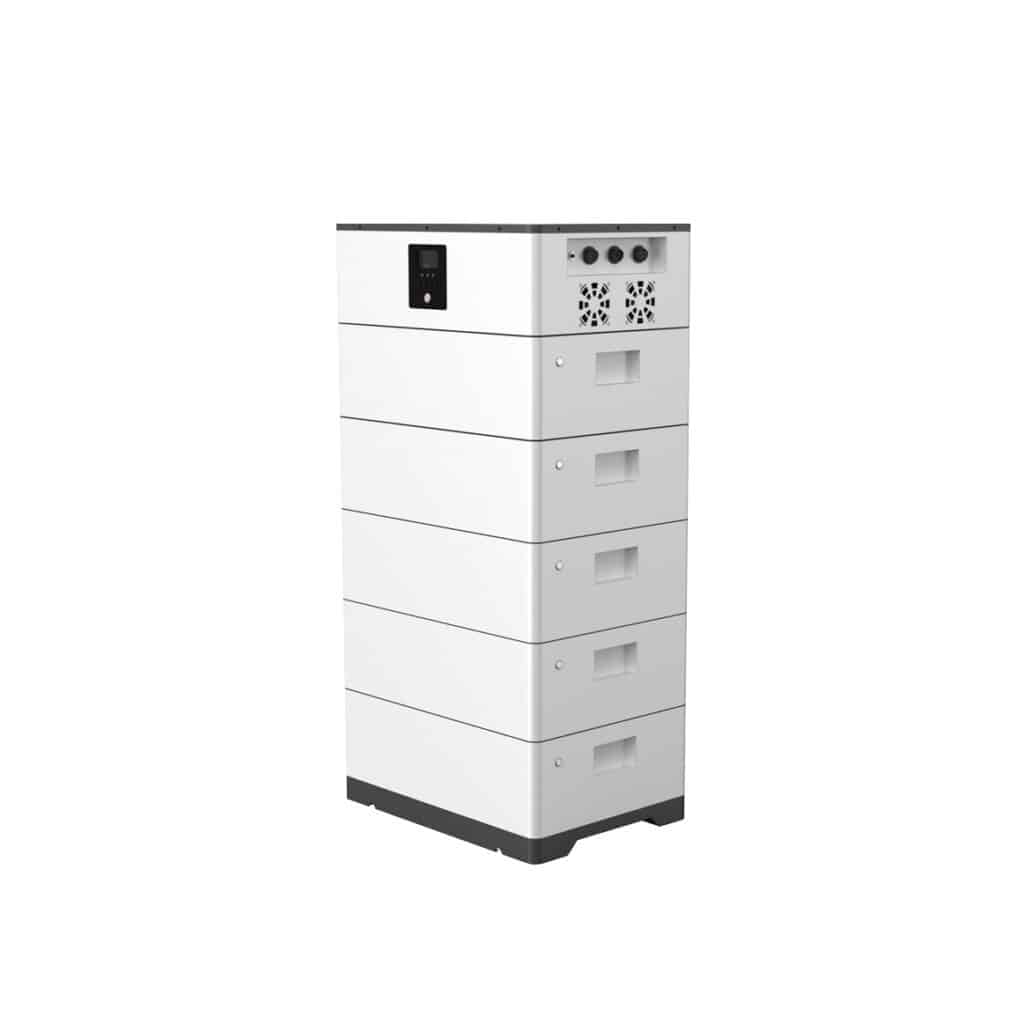- An Energy Storage Wall, or Energy Storage System (ESS), is a device or group of devices assembled together for storing electrical energy.
- ESS Walls capture and store energy from renewable sources like solar panels.
- These systems play a crucial role in balancing energy demand and production, optimizing energy usage in residential and commercial settings.
- ESS Walls provide a sustainable and efficient solution for managing energy needs.
ESS energy storage allows for the flexibility of using stored energy during peak hours, when electricity prices are higher, or during power outages to ensure a continuous power supply. Energy storage systems can be in the form of batteries, flywheels, compressed air, pumped hydro, or other technologies.
What are the 3 main types of energy storage?
- The three main types of energy storage are batteries, thermal systems, and mechanical systems.
- Batteries store electrical energy chemically, while thermal systems store energy as heat or cold.
- Mechanical systems use devices like flywheels or compressed air systems for energy storage and release.
- These technologies offer flexible and efficient solutions for managing and utilizing energy resources.
What is the difference between UPS and ESS?
- UPS (Uninterruptible Power Supply) systems provide backup power during main power failures.
- They use stored energy, typically from batteries or supercapacitors, to supply temporary power.
- ESS (Energy Storage Systems) store energy for load shifting, peak shaving, and renewable energy integration.
- ESS stores energy from renewable sources and releases it to balance energy demand and supply.
How efficient is ESS battery?

- ESS batteries, like lithium-ion batteries, have high round-trip efficiency ranging from 85% to 95%.
- These batteries efficiently store and release energy for later use.
- Factors like temperature, charging/discharging rates, and battery degradation can impact efficiency.
- ESS batteries offer an efficient and effective solution for energy storage needs.
FAQs
How does an ESS work?
- An ESS stores excess energy generated by sources like solar panels.
- It allows for time-shifting power, charging from solar, and providing grid support.
- Energy can be stored when it is abundant and used later when needed.
- An ESS promotes energy efficiency, grid stability, and the utilization of renewable energy.
What can ESS be used for?
- An ESS allows for time-shifting power and charging from solar.
- It provides grid support during periods of high demand.
- Excess energy can be exported back to the grid, promoting a more sustainable energy ecosystem.
- An ESS enables the efficient utilization of renewable energy and contributes to grid stability.
How long does ESS battery last?
- The lifespan of an ESS battery depends on factors such as battery chemistry and maintenance.
- Lithium-ion batteries used in ESS systems generally last 10 to 15 years.
- Lead-acid batteries, another common type, typically last around 3 to 5 years.
- Optimal battery performance and longevity can be achieved through proper maintenance and considering usage patterns.
What is an ESS home battery?
- An ESS home battery integrates a power grid connection, inverter/charger, GX device, and battery system.
- It stores excess solar energy generated during the day for later use.
- Homeowners can reduce reliance on the grid and potentially lower electricity costs.
- An ESS home battery provides a backup power source during outages.
Why opt for UL9540-certified ESS?
- Safety Assurance: UL9540 certification guarantees compliance with stringent safety standards, ensuring protection against fire hazards.
- Reliability: UL9540-certified ESS undergoes rigorous testing, ensuring optimal performance and longevity.
- Compliance: Choosing UL9540-certified ESS ensures adherence to industry regulations and guidelines.
- Peace of Mind: With UL9540 certification, you can have confidence in the safety and reliability of the ESS for your energy storage requirements.
What uses UL9540 ESS systems?
- Renewable Energy Integration: UL9540 ESS systems play a crucial role in integrating renewable energy sources into the grid, ensuring efficient energy utilization.
- Grid Stabilization: These systems help stabilize the electrical grid by balancing supply and demand, reducing fluctuations, and enhancing grid resilience.
- Backup Power for Critical Infrastructure: UL9540 ESS systems provide reliable backup power for critical infrastructure such as hospitals, data centers, and emergency services.
- Electric Vehicle Charging Stations: These systems enable efficient charging and management of electric vehicles, supporting the growth of sustainable transportation.
- Microgrid Installations: UL9540 ESS systems are utilized in microgrid installations, ensuring reliable and independent power supply in remote areas or during emergencies.
Why is UL9540 crucial for ESS?
- Safety Assurance: UL9540 certification ensures that ESS systems meet stringent safety standards, minimizing the risk of fire hazards and other safety concerns.
- Performance Evaluation: ESS systems with UL9540 certification undergo thorough testing to evaluate their thermal stability and electrical performance, ensuring optimal functionality.
- Compliance with Industry Standards: UL9540 certification demonstrates adherence to industry regulations and guidelines, enhancing credibility and trust in the ESS.
- Risk Mitigation: The certification helps mitigate potential risks associated with energy storage, providing confidence to users, regulators, and stakeholders.
- Peace of Mind: Choosing UL9540-certified ESS ensures a reliable and safe energy storage solution, offering peace of mind for various applications.
What’s the difference between UL9540 and UL9540A?
UL9540 is a safety standard for energy storage systems (ESS), addressing fire and explosion safety concerns. In contrast, UL9540A evaluates thermal runaway in ESS, with a focus on battery management systems (BMS). UL9540 ensures overall safety, while UL9540A specifically targets thermal runaway prevention and mitigation. Both standards play a crucial role in ensuring the safety and reliability of energy storage systems. UL9540 sets the requirements for ESS safety, while UL9540A provides additional requirements for BMS functions and performance to prevent thermal runaway incidents.
How to achieve UL9540 listing for ESS?
- Meet unit level performance criteria: Ensure the ESS meets the performance criteria of UL 9540A, especially for spacing between individual battery energy storage systems.
- Adhere to installation codes: Comply with installation codes like NFPA 855 and IRC to ensure safety and regulatory compliance.
- Proper labeling: Label the ESS in accordance with UL 9540 to meet the marking requirements.
By following these steps, you can achieve UL9540 listing for your ESS, ensuring safety and compliance.
Related Posts
- Will a 12V Charger Charge a 36V Lithium Battery? An In-Depth Analysis
- Why Might Button Cells Have Quality Issues?
- Why LifePO4 48V Batteries Are Best for Deep Cycle Use
- Why Is Buying CR2032 Safer at Brick-and-Mortar Stores?
- Why Choose a 24V LifePO4 Battery?
- Why 48V LifePO4 Batteries are Ideal for Solar Systems






























